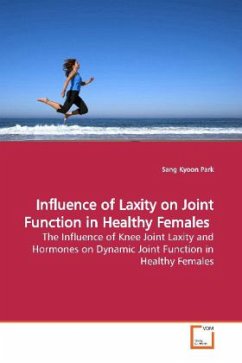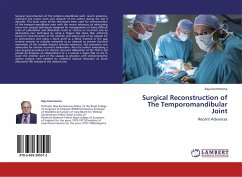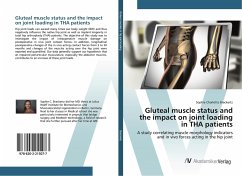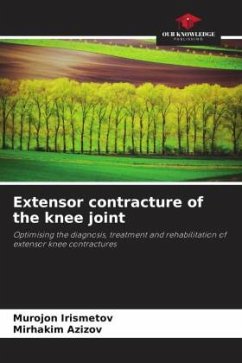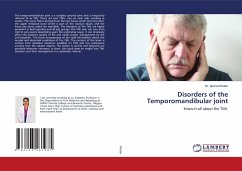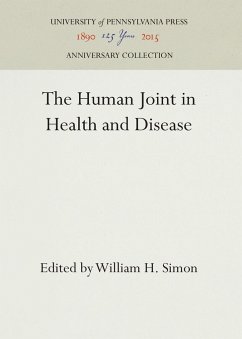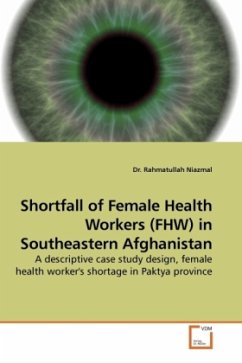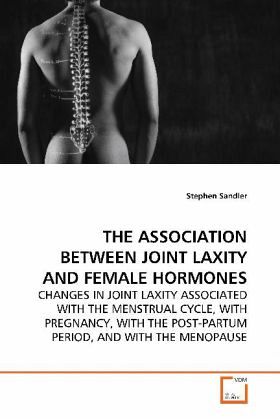
THE ASSOCIATION BETWEEN JOINT LAXITY AND FEMALE HORMONES
CHANGES IN JOINT LAXITY ASSOCIATED WITH THE MENSTRUAL CYCLE, WITH PREGNANCY, WITH THE POST-PARTUM PERIOD, AND WITH THE MENOPAUSE
Versandkostenfrei!
Versandfertig in 6-10 Tagen
52,99 €
inkl. MwSt.

PAYBACK Punkte
26 °P sammeln!
This thesis looks at changes in joint laxityassociated with the menstrual cycle, pregnancy, andthe menopause and the potential contribution offemale hormones to that laxity.Four experiments were designed looking at mobility ina peripheral joint. Women with a normal menstrualcycle, pregnant women, breast feeding women, andwomen after the menopause, were all examined.The results of the menstrual cycle study showed thatevery subject underwent an increase in laxity as sheprogressed throughout the cycle, and that change wasparticularly significant in the first phase of thecycle. The pregnancy study...
This thesis looks at changes in joint laxity
associated with the menstrual cycle, pregnancy, and
the menopause and the potential contribution of
female hormones to that laxity.
Four experiments were designed looking at mobility in
a peripheral joint. Women with a normal menstrual
cycle, pregnant women, breast feeding women, and
women after the menopause, were all examined.
The results of the menstrual cycle study showed that
every subject underwent an increase in laxity as she
progressed throughout the cycle, and that change was
particularly significant in the first phase of the
cycle. The pregnancy study showed that all subjects
measured showed an increase in joint laxity as the
pregnancy progressed, however this laxity change was
neither uniform throughout the pregnancy nor the same
from one subject to another. The post natal study
looked at changes in laxity that took place in breast
versus bottle feeding mothers.The menopause study
showed that women who take a hormone replacement
retain joint laxity more than a control group.
associated with the menstrual cycle, pregnancy, and
the menopause and the potential contribution of
female hormones to that laxity.
Four experiments were designed looking at mobility in
a peripheral joint. Women with a normal menstrual
cycle, pregnant women, breast feeding women, and
women after the menopause, were all examined.
The results of the menstrual cycle study showed that
every subject underwent an increase in laxity as she
progressed throughout the cycle, and that change was
particularly significant in the first phase of the
cycle. The pregnancy study showed that all subjects
measured showed an increase in joint laxity as the
pregnancy progressed, however this laxity change was
neither uniform throughout the pregnancy nor the same
from one subject to another. The post natal study
looked at changes in laxity that took place in breast
versus bottle feeding mothers.The menopause study
showed that women who take a hormone replacement
retain joint laxity more than a control group.



